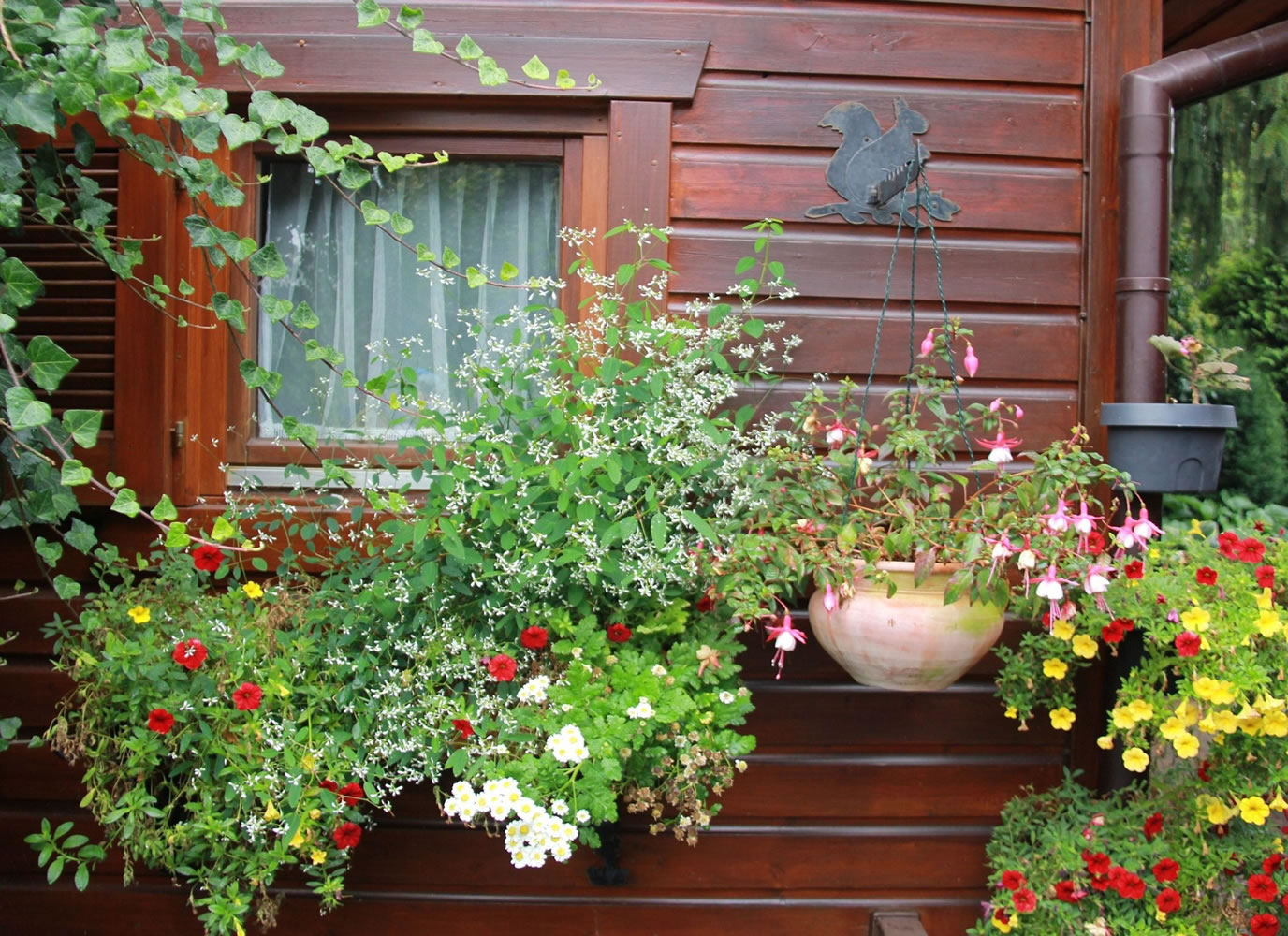Few things affect the overall look of a garden as much as color. When we walk through a garden, we comment on specific flowering trees or a wonderful daffodil meadow. When we tell someone about that garden, we often describe the colors we see in our mind’s eye. Used effectively, color can help invoke the memory of a garden. Creating the personal color palette of a garden is up to the individual gardener.
Gardeners are often acutely aware of color. Like any other artist or designer, we use color every day to help express the ideas we want to share with others.
For many, color choice is innate, appearing to come naturally. Most of us find it more challenging. We learn by trial and error. This is actually a fine way to learn, since the garden is a forgiving master. What we don’t get right this year will not be held against us. Spring will come again, and with it another chance.
The more we know about color, the more we understand how to use it in interesting ways. The brightest colors lift our spirits. Red, yellow and orange add a spark of life to the garden. Watch a child’s face light up when they see a bed of flowering nasturtiums. Colors such as blue, lavender, and peach are considered cooler and calmer. Surround a reading nook with Tiffany blue hydrangeas and relax in the late afternoon.
A color wheel can be a helpful tool in selecting flowers that will give the best contrast or harmony. Most garden design books and encyclopedias have a color combination wheel and clear information on how colors work together. Visit professionally landscaped homes, botanical gardens, and gardening magazines for ideas on using color effectively.
For the greatest color impact, think about how plant colors blend or contrast with their surroundings. For example, you would not want to plant a red rhododendron against a red brick wall or redwood fence. Take the same background and plant a sweep of shrubby, white azaleas for a punch of contrast. Pink, peach and rose-colored impatiens stand out well against a solid green backdrop.
To brighten a shady area, use light-colored annuals such as white, light pink, or the palest blue and yellow pansies. Dark colors tend to get lost in shady areas. You can use deep colors in a shady area if you provide contrast by surrounding them with lighter shades. Many of the newer variety coleuses carry splashes and splotches of light and dark color on every leaf, providing their own contrast.
You can tie different areas of your garden together by using three or four colors as a theme throughout. In my garden, I used the pale yellow ‘Moonbeam’ coreopsis and the gray-green lamb’s ear as common plants in assorted beds and borders. Along the driveway, their colors enhanced the blue of scented lavenders. Beside the deck they added contrast to the solid green of a boxwood hedge. In each area, they were mixed with different plants, thus carrying a theme through the garden while varying the look of each bed.
Making a statement
Color can be used to create a focal point around a pool, under garden statuary or all by itself. In Holland, there are parks designed specifically to show off the color of spring blooming bulbs. A river of bright blue grape hyacinth leads the visitor through the garden. Mass plantings of tulips in solid blocks of white, red, pink, peach, yellow and purple get rave reviews from color enthusiasts. Color makes a statement. I will never forget my first sight of vivid red poppies in a field in Flanders.
Bright colors such as red, orange and yellow are classified as warm or hot. Blue, lavender and pale pink are considered cooler and calmer. They affect your eye and your psyche in a different way. Welcome visitors to your front door with a large, overstuffed planting of yellow tulips. The white flowers of ‘Casa Blanca’ lilies and nicotiana, the flowering tobacco plant, envelop the garden in scent and add reflective light to an evening gathering.
They say that our choice of color says something about our personality. We surround ourselves with color in the garden just as we do when choosing our clothing, furniture and home accessories. You can be as open-minded as you like, planting every color of the rainbow, or you can be precise, allowing only shades of purple and peach into your garden. Since every gardener is unique, it ultimately comes down to personal preference. Viva la difference.



